Disrupting for Good: AI, ...
Online Conference
28 Jan 2026 / 29 Jan 2026 read more


Prof. Arch. Luca Lanini
Full Professor, PhD
Professor at DESTeC of the University of Pisa in Architectural and Urban Design. Ph.D. President of the Master degree in Building Engineering-Architecture of the University of Pisa.
Marwa Eid
Conference Coordinator
[email protected]
(+20) 3 5763827 | (+20) 3 5763828
(+20)1000028021
Subscribe to our newsletter
The Eighth edition of the International Conference on “Cities’ Identity Through Architecture & Arts” was held in Cagliari University in Sardinia, Italy as the main host, and in collaboration with Pisa University. The conference took place physically and virtually from the 17th to the 19th of September 2024, including attendees from all corners of the world.
This conference was organized as one of the important tools that help its attendees exchange knowledge and enhance the research community. IEREK invited all interested architects, environmentalists, engineers, and university students from all over the world aiming provide a platform for attendees to exchange ideas, collaborate, and envelops topics concerning the conservation of cities’ identities through arts and architecture. It addresses multiple topics of contention concerning cities’ heritage and conservation efforts, such as the influence of artistic expression and creativity on cities’ safety, traditional artistic techniques & architecture, historical eras, and their construction practices, and sustainable preservation practices. exploration.
Some of the main topics that were discussed include:
1- Architecture and Cultural Identity
2- Architectural Preservation and its Relationship to Collective Memory
3- Urban Art and City Identity Urban Art
4- Architecture as a Reflection of Cultural Identity
5- The Influence of Cultural Heritage on Contemporary Architectural Design
6- Heritage Preservation
7- Contemporary Architectural Expressions
Day 1:
Welcoming Session:
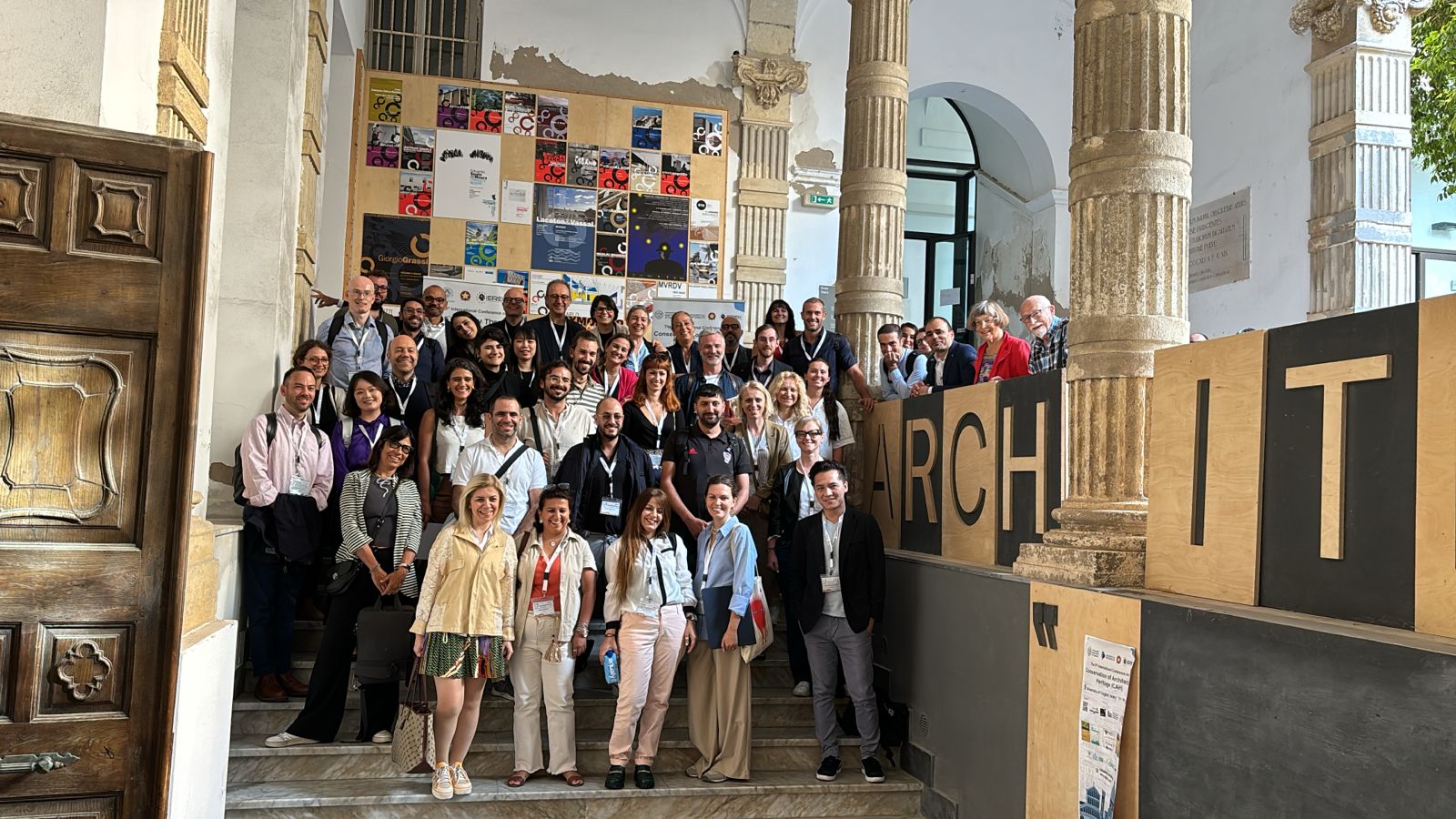
The Opening Ceremony started with registration and welcoming speeches from the Vice Rector of Cagliari University, Prof. Alessandra Carucci, Conference Guests Eng. Monica Stochino, Italian Ministry for Cultural Heritage, and Prof. Caterina, Director of the School of Specialization in Architectural and Landscape Heritage of the University of Cagliari
Short welcoming speeches were given by the conference chairs Prof. Tarek Teba, Associate Professor in Architectural Heritage, Portsmouth School of Architecture, University of Portsmouth, in behalf of the CAH Conferences Chairs, Prof. Luca Lanini, CITAA Conference Chair & Full Professor, PhD. DESTeC at Department of Energy, Systems, Land and Construction Engineering. University of Pisa, Conference Co-host Prof. Jocelyn A. Rivera-Lutap, DPA, FUAP United Architects of the Philippines (Education), College Quality Assurance Coordinator, CADBE-PUP, and Conference Partners President, Doo Won Cho, Prof. Maurizio di Stefano, ICOMOS.
Followed by Welcoming speeches from IEREK Team Prof. Ferdinando Trapani, Professor of the Urban Planning Department of Architecture, Polytechnic School University of Palermo, Italy, and Dr. Mourad Amer, President and CEO of IEREK.
Following the speeches, a brief presentation was given that introduced IEREK as a company and its activities to the audience.
Plenary sessions:
A plenary session followed introducing the keynote speakers Prof. Gerco Meijer, ICOMOS - ICOFORT Representative & Heritage consultant and technician at Hylkema Erfgoed B.V. Utrecht, the Netherlands.
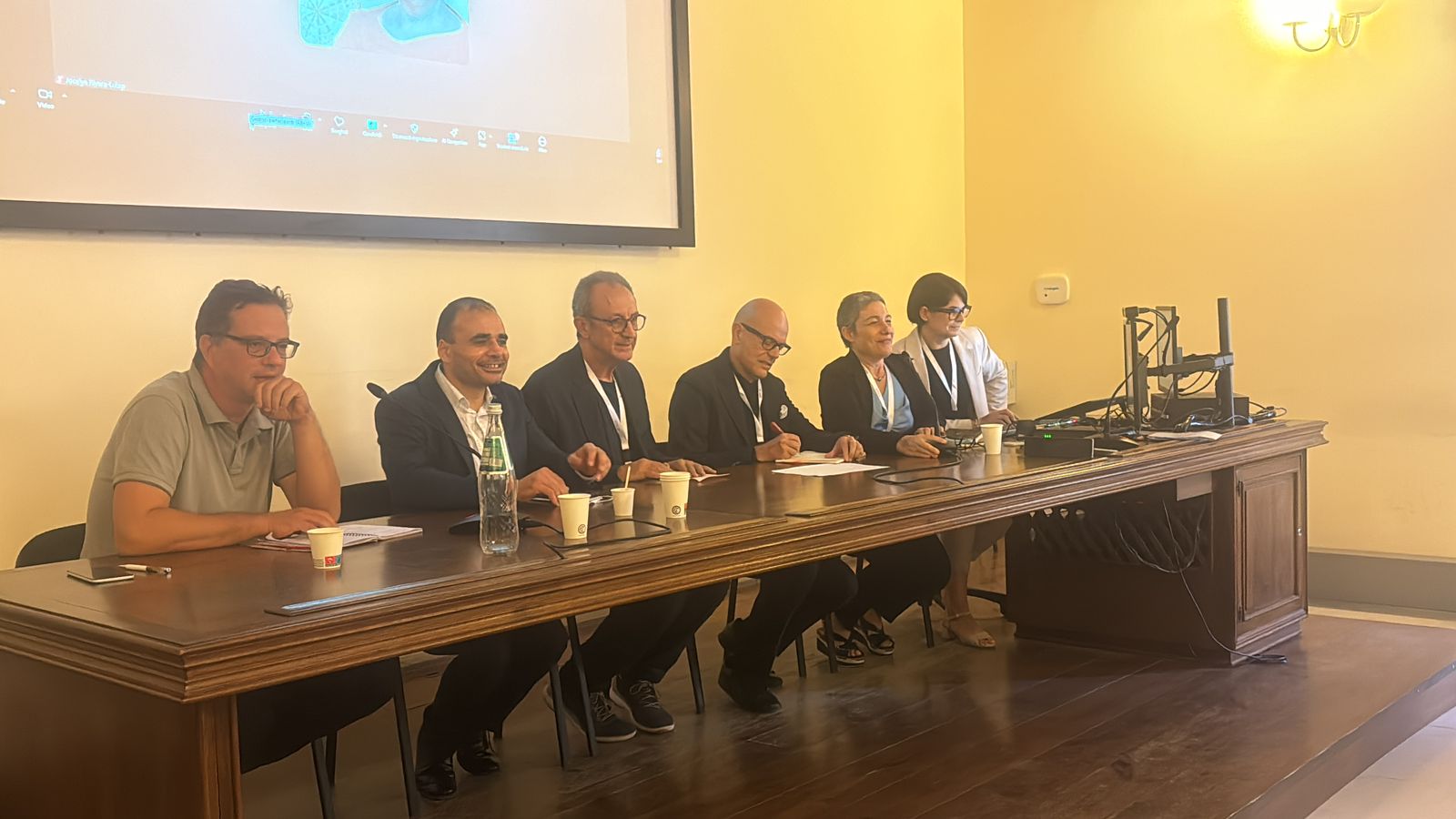
Following the keynote speech, parallel sessions 1, 2and 3 took place.
The First Session of the conference titled “Architecture and Cultural Identity” was moderated by Prof. Pier Francesco Cherchi, and Arch. Carla Sechi.
The Second Session of the conference titled “Architectural Preservation and its Relationship to Collective Memory” was moderated by Prof. Marco Lecis, and Arch. Benedetta Rubattu.
The Third Session of the conference titled “Urban Art and City Identity Urban Art” was moderated by Prof. Fabrizio Pusceddu, and Arch. Lara Marras.
As the sessions went on, multiple authors presented their research in person and online, taking questions from the audience, and answering them as best they could.
After a discussion and a Questions and Answers session, the first conference day ended with a Panel session where final remarks and feedback were discussed.
Day 2:
The second day started with the registration then welcoming our keynote speakers Prof. arch. Renata Picone, Full Professor of Restoration - President of the Italian Society for the Restoration of Architecture (SIRA) Department of Architecture (DiArc), University of Naples Federico, and Prof. Manuela Raitano, Associate Professor at the Department of Architecture and Project of Sapienza University of Rome.
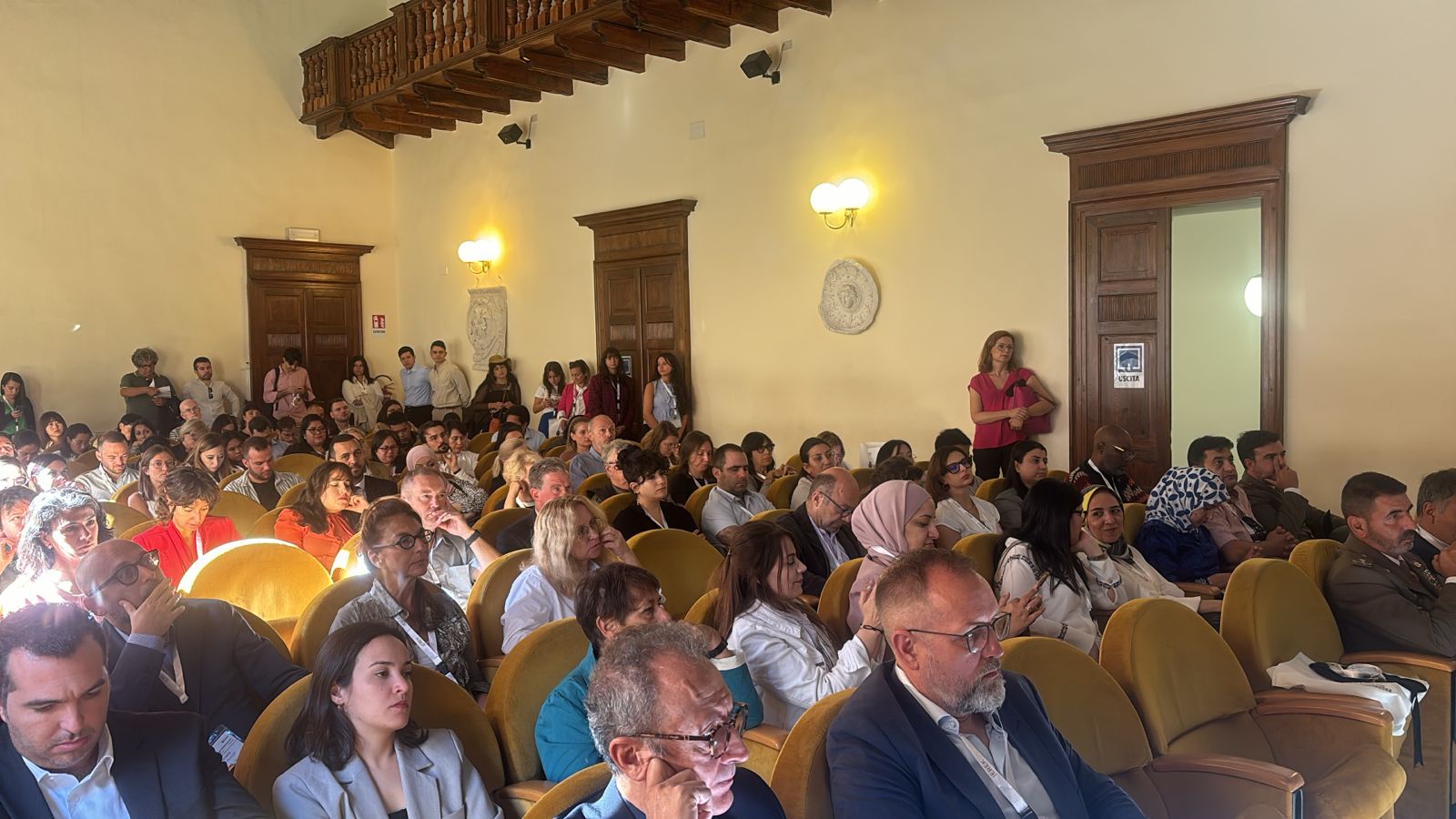
Following the keynote speech, parallel sessions 4 and 5 took place.
The Fourth Session of the conference titled “Architecture as a Reflection of Cultural Identity” was moderated by Arch. Andrea Manca, and Arch. Alessandro Meloni.
The Fifth Session of the conference titled “The Influence of Cultural Heritage on Contemporary Architectural Design” was moderated by Prof. Adriano Dessì, and Arch. Chiara Cabras.
As the sessions went on, multiple authors presented their research in person and online, taking questions from the audience, and answering them as best they could.
After a discussion and a Questions and Answers session, second conference day ended with a Panel session where final remarks and feedback were discussed.
Day 3:
The final day of the CITAA 2024, started with welcoming our keynote speaker Prof. Federica Visconti, Università degli Studi di Napoli “Federico II”, Naples, Italia Department of Architecture.
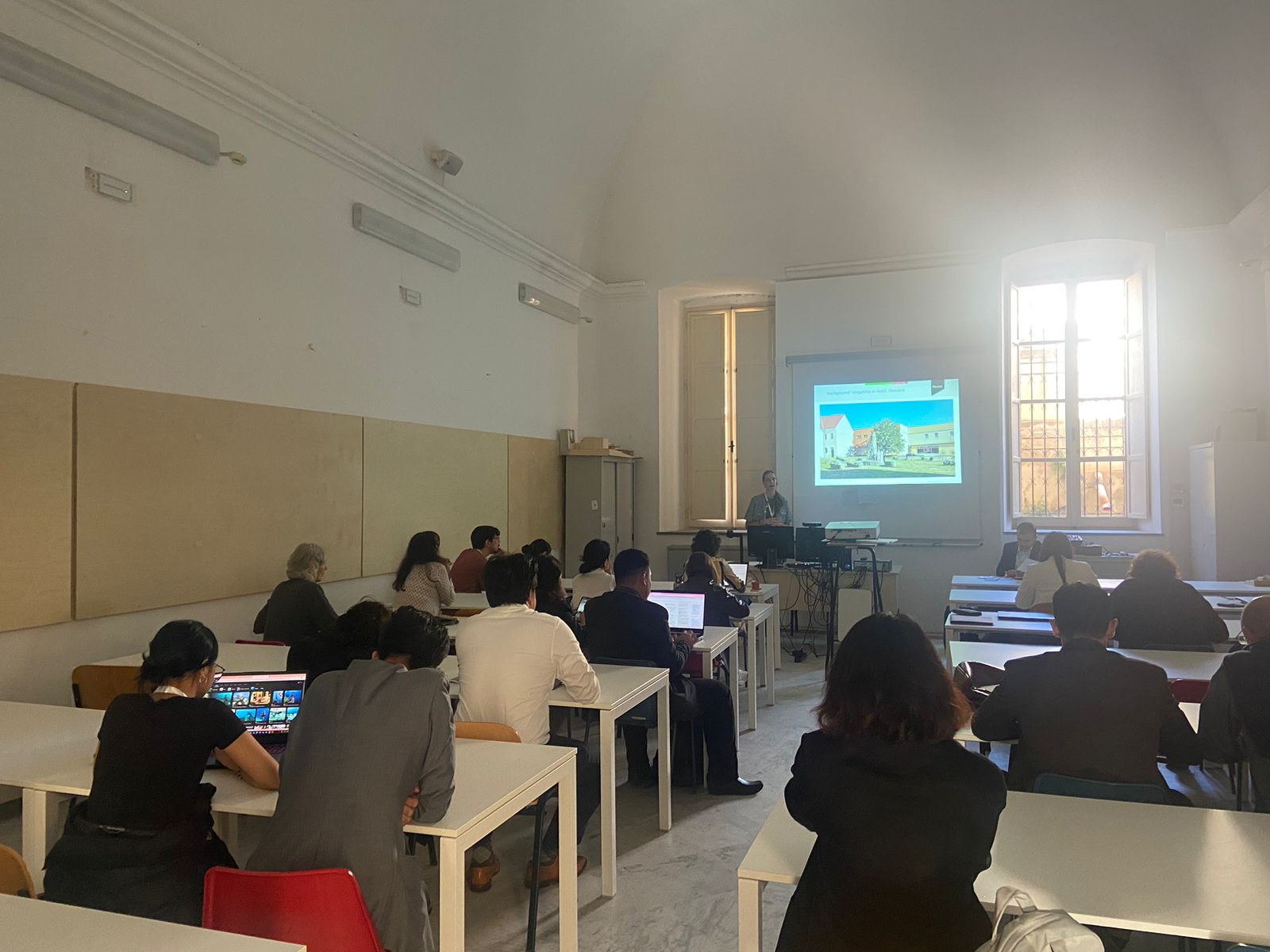
Following the keynote speech, parallel sessions 6 and 7 took place.
The Sixth Session of the conference titled “Heritage Preservation” was moderated by Prof. Marco Moro, and Arch. Benedetta Medas.
The Seventh Session of the conference titled “Contemporary Architectural Expressions” was moderated by Prof. Francesco Marras, and Prof. Lavinia Dondi.
As the sessions went on, multiple authors presented their research in person and online, taking questions from the audience, and answering them as best they could.
A discussion and a Questions and Answers session was held, and followed by Wrapping up, final remarks, and a closing ceremony were held.
Every city possesses a unique and valuable identity that is expressed through its physical and visual form. This identity is perceived by its residents and users, shaping their collective memories. The city's identity comprises its physical spaces and the images formed through memory cues, which in turn affect tourism, education, culture, and economic prosperity. Arts and architecture play a significant role in shaping the history of civilizations and fostering the growth of ancient and modern cities. This extends beyond buildings and constructions to encompass traditions, cultural beliefs, and communal arts.
By honoring our traditions and civilizations, which have left behind architectural wonders, we pave the way for future generations to develop and preserve their own identity. Through the discipline of architecture which is as ancient as humanity itself, safety and security, evolved from being a basic need against external threats to sophisticated art forms that express cultural identity and present architectural beauty to the world.
IEREK is delighted to announce that this year's conference will take place in the University of Cagliari and the University of Portsmouth provides a remarkable backdrop for our exploration of cities' identities and the transformative power of architecture and arts.
Cagliari, offers a unique example of urban identity that perfectly aligns with the aims of our conference. The city's rich history, architectural splendor, and vibrant artistic heritage make it an ideal setting for engaging discussions and immersive experiences related to the theme of identity through architecture and arts.
During the conference, participants will have the opportunity to witness firsthand the distinctiveness of Cagliari's urban identity. From the captivating , with its architectural marvels, to the charming streets and squares that reflect the city's cultural heritage, Cagliari offers a living testament to the profound interplay between architecture, arts, and the identity of a city.
Exploring Cagliari's urban fabric will provide valuable insights and inspiration for participants as they explore into the conference's diverse program of events. Through keynote speeches, panel discussions, workshops, exhibitions, and the multifaceted dimensions of cities' identities, drawing upon Cagliari's unique example as a catalyst for meaningful dialogue and exploration.
Scope
The “Cities Identity through Arts and Architecture” conference envelops topics concerning the conservation of cities’ identities through arts and architecture. It addresses multiple topics of contention concerning cities’ heritage and conservation efforts, such as the influence of artistic expression and creativity on cities’ safety, traditional artistic techniques & architecture, historical eras, and their construction practices, and sustainable preservation practices.
Statement of Purpose
Set in culturally rich Italy, the 8th edition of CITAA intends to develop a healthy discourse surrounding the topic of heritage preservation, and the maintenance of cities' identities in an increasingly evolving world. Historical architectural marvels and traditional cultural norms are wells of inspiration, that younger generations can reflect upon and be inspired, iterating upon the works of their forefathers, and leading their nation forward. This conference aims to highlight sustainable methods of heritage & identity preservation and the significance of historical dimensions in shaping contemporary design.
1.1 Architecture as a reflection of cultural identity
1.2 Traditional and vernacular architecture in shaping local identity
1.3 Architectural symbolism and its role in expressing cultural values
1.4 The influence of cultural heritage on contemporary architectural design
1.5 Architecture's contribution to preserving and promoting cultural identity in urban contexts
2.1 Street art and graffiti: Exploring their impact on urban identity
2.2 Public art installations and their role in shaping cityscapes
2.3 Sculpture and monuments: Commemorating history and reinforcing identity
2.4 Muralism and community engagement: Fostering a sense of place and belonging
2.5 Performing arts in public spaces: Celebrating cultural diversity and urban identity
3.1 Architectural preservation and its relationship to collective memory
3.2 Adaptive reuse of historic buildings: Balancing preservation and contemporary needs
3.3 Architectural heritage and its impact on local identity and storytelling 3.4 3.4 Architecture as a vessel of history: Case studies of transformative preservation projects
3.5 Designing memorials and commemorative spaces: Architecture's role in honoring collective memory
4.1 Sustainable architecture as an expression of environmental consciousness and identity
4.2 Biophilic design: Enhancing well-being and reinforcing a connection to nature
4.3 Sustainable materials and construction techniques in architectural practice
4.4 Energy-efficient buildings: Integration of renewable energy systems and passive design strategies
4.5 Green urbanism: Creating sustainable communities and fostering a unique identity
5.1 Digital art installations in urban environments: Blurring boundaries and enhancing identity
5.2 Augmented reality and interactive experiences: Redefining urban narratives
5.3 Virtual reality in architectural visualization: Exploring future design possibilities
5.4 Immersive digital experiences: Transforming urban spaces and engaging with audiences
5.5 Digital storytelling and its impact on the perception of urban identity
6.1 Architecture's role in promoting social equity and inclusivity in cities
6.2 Designing for accessibility: Creating inclusive built environments
6.3 Participatory design approaches: Engaging communities in shaping their own urban identity
6.4 Affordable housing and social infrastructure: Architecture's contribution to equitable urban development
6.5 Reimagining public spaces: Design interventions for fostering social interaction and inclusivity
7.1 Contemporary architectural movements and their influence on city identity
7.2 Iconic architecture: Creating landmarks and cultural symbols
7.3 Parametric design and digital fabrication: Pushing the boundaries of architectural expression
7.4 Minimalism and simplicity in architectural design: Aesthetic reflections of urban identity
7.5 Futurism and visionary architecture: Exploring new possibilities and challenging conventions
8.1 Preserving cultural heritage in rapidly changing urban environments
8.2 Adaptive reuse of historical buildings and sites
8.3 Balancing preservation and development: Challenges and solutions
8.4 Technology and innovation in heritage preservation
8.5 Community engagement in heritage conservation and revitalization
9.1 The role of public art in shaping urban identity
9.2 Exploring the intersection between technology and art, architecture, and urbanism
9.3 Art interventions and placemaking in public spaces
9.4 Light art and urban illumination: Transforming cityscapes and nocturnal identity
9.5 Art as a catalyst for social change and urban transformation
10.1 The economic value of architecture and arts in cities
10.2 Creative industries and urban development
10.3 The social impact of cultural institutions and creative spaces
10.4 Artistic interventions in urban regeneration and social justice
10.5 Architecture and arts as drivers of tourism and cultural exchange
| Type of Registration | ASTI Book by Springer Scopus indexed | Open Access IEREK press Journals | Co-author/ Audience | Payment Deadline |
|---|---|---|---|---|
| Student | 300 € | 250 € | 150 € |
30 July 2024 |
| Academic | 350 € | 300 € | 200 € | |
| Professional | 400 € | 350 € | 200 € | |
|
** Please note that after 17 June 2024, there will be an additional 50 Euro added to the fees ** |
||||
The physical fee covers:
The conference Kit inclusive of: a softcopy of the abstracts book on a USB/CD, Conference notebook, IEREK pen, Conference Flyers/ Printouts.
IEREK Participation/ Contribution Certificate
Preliminary Acceptance Letters
Consideration for publishing in the IEREK ASTI series by Springer or IEREK Press
Lunches and Coffee Breaks
If multiple abstracts are submitted by the same first author submitted to the conference, a 25% discount is applied to each additional submission.
Each research paper should have one main author who should pay the full fee (Author fees) regardless of attendance. Co-authors, each, have their own fees to pay to attend the event. This applies to online attendance as well as physical attendance.
A research paper fee allows only one author, whether main or co-author, to attend the conference and receive only one copy of the conference Abstract book in both hard and soft copies. Extras can be requested for an additional fee.
Professionals are categorized as participants who are not affiliated with universities such as practitioners, policymakers, entrepreneurs etc.
Students must provide proof of enrollment in a university by providing an enrollment certificate or a valid university ID (with issue/ expiry date) etc.
Additionally, you have the option to present your submitted abstract as a presentation without the intention of publishing your work, for information about the fees and additional details, please feel free to get in touch with us at: [email protected].
| Type of Registration | ASTI Book by Springer Scopus indexed | Open Access IEREK Press Journals | Co-author/ Audience | Payment Deadline |
|---|---|---|---|---|
| Student | 250 € | 200 € | 50 € |
30 July 2024 |
| Academic | 300 € | 250 € | 100 € | |
| Professional | 350 € | 300 € | 100 € | |
|
** Please note that after 17 June 2024, there will be an additional 50 Euro added to the fees ** |
||||
A softcopy of the abstracts book and/ or hard copy (excluding shipping)
IEREK Participation/ Contribution Certificate in softcopy
Acceptance Letters in softcopy
Consideration for publishing in the IEREK ASTI series by Springer or IEREK Press
Access to conference recordings
|
*Authors may request that their kits be delivered, for an additional fee decided by the courier, and upon request. Alternatively, authors located in Egypt can pick them up from Cairo/ Alexandria office. |
|
|
Additional Conference Kit (Excluding Delivery) *Contact us for a quotation on shipping fees. |
100 € |
Loyalty Membership Discounts
The more you attend, the more you're rewarded!
IEREK offers its loyal participants with the following discounts depending on his/her attendance:
|
Attendance |
Second |
Third |
Fourth |
Fifth |
|
Discount |
5% |
10% |
15% |
20% |
*The aforementioned discounts are only applicable during Regular and Late Payment times. For more information, please refer to 'Important Dates'.
Payment Methods
Payment of the registration fee can be made via the following methods (only after online registration):
1. Bank transfer
Kindly send a request to the conference coordinator/ email and CC [email protected] to receive bank details to complete the payment.
2. Online payment gateway (PayPal)
Participants who would like to complete their payments online must send a request to the conference coordinator/ email and CC [email protected] to receive a customized link to complete their payments.
3. Cash in IEREK branches
Payment in person can be arranged. Please contact the conference coordinator/ Email to receive further information.
Payment Terms and Guidelines:
Read more on Important Dates. For information on payment dates, kindly send a request to the conference coordinator/email and CC [email protected] to receive payment details to complete the payment.
Authors who have registered and completed payment for virtual attendance CAN request a change to physical attendance. However, a change from physical to virtual is NOT possible.
After online registration and payment, the registration fee cannot be reimbursed.
Final Acceptance/ rejection of your full/ extended paper (if submitted) can only be given after the peer review process.
Inclusion in the conference program, acceptance letters issuance and consideration for publication must be preceded by registration and payment completion.
Online Payment (only) should only be completed once a proforma invoice is issued with respective instructions for successful payment.
Contact our Financial Department for inquiries/ requests.
| Title | Date |
|---|---|
| Abstract Submission Deadline "Extension of Final Round" | 30 June 2024 |
| Letter of Visa (for delegates who need visa entry) *payment required | 30 June 2024 |
| Last Notification for Abstract Acceptance & Approval to present | 30 June 2024 |
| Start Payment Date | 17 April 2024 |
| End Payment Date | 30 July 2024 |
| Extended Abstract / Short Paper Submission Deadline | 15 July 2024 |
| Notification of acceptance/ rejection of submitted extended abstract/ short paper | 30 July 2024 |
| Conference Program | 17 Aug 2024 |
| Conference Launch | 17 Sep 2024 |
All accepted submissions to the conference, after a rigorous double-blinded peer-review process by the respective and a highly-extinguished Editorial Board, will be published in one of the following:
 Advances in Science, Technology and Innovation (ASTI), an IEREK Interdisciplinary book series published by Springer Nature. (Scopus indexed)
Advances in Science, Technology and Innovation (ASTI), an IEREK Interdisciplinary book series published by Springer Nature. (Scopus indexed) About ASTI
Advances in Science, Technology & Innovation (ASTI) is a series of peer-reviewed books based on important emerging research that redefines the current disciplinary boundaries in science, technology and innovation (STI) in order to develop integrated concepts for sustainable development. It not only discusses the progress made towards securing more resources, allocating smarter solutions, and rebalancing the relationship between nature and people, but also provides in-depth insights from comprehensive research that addresses the 17 sustainable development goals (SDGs) as set out by the UN for 2030.
The series draws on the best research papers from various IEREK and other international conferences to promote the creation and development of viable solutions for a sustainable future and a positive societal transformation with the help of integrated and innovative science-based approaches. Including interdisciplinary contributions, it presents innovative approaches and highlights how they can best support both economic and sustainable development, through better use of data, more effective institutions, and global, local and individual action, for the welfare of all societies. The series particularly features conceptual and empirical contributions from various interrelated fields of science, technology and innovation, with an emphasis on digital transformation, that focus on providing practical solutions to ensure food, water and energy security to achieve the SDGs. It also presents new case studies offering concrete examples of how to resolve sustainable urbanization and environmental issues in different regions of the world. Read More.
The ASTI series is fully indexed in Scopus and any chapter/ paper published as part of this series will be seen on the Scopus database. Some titles have been successfully indexed or submitted for indexation in Web of Science (ISI).
 IEREK Press Journals, a multidisciplinary publisher that aims to cultivate and disseminate research.
IEREK Press Journals, a multidisciplinary publisher that aims to cultivate and disseminate research.
ESSD is a peer-reviewed, scholarly journal that aims to systematically develop the research-driven curiosity and evidence-based discourse of aspiring scholars that seek to contribute to the academic community. As the world is currently living in an age of information where sources are widely available on the Internet, we at ESSD seek to efficiently utilize the available information to help create robust and evidence-based knowledge. In the process, we offer researchers, in general, and young and aspiring ones in particular a quicker way to get their work published and gain exposure through online open access. We pride ourselves on getting submitted work to be published quickly, through the use of our worldwide pool of subject specialist peer reviewers. Find out more about ESSD International Journal here.

ARChive is an open-access journal that publishes conference proceedings on a wide range of topics relating to social sciences. Consequently, it accepts original research papers on a wide spectrum of subjects. ARChive is a journal published on behalf of researchers that perpetually make an effort to contribute to their fields and provide them with high visibility of research submitted. The series publishes, both, theoretical and experimental high-quality papers of current and perpetual interest. It serves to cultivate, propagate, and essentially archive academic research that has been authored and submitted for academic conferences.
Find out more about ARChive International Journal here.

Resourceedings is an open access journal that publishes conference proceedings. Conference proceedings compromise of different disciplines, ranging from Engineering including built environments, architecture, and sustainability. Disciplines also include Technology and Energy. Resourceedings is a journal that publishes research articles that shed light on different crucial issues in order to provide them with solutions and suggestions. The journal publishes articles submitted by researchers of interest in different fields.
Find out more about Resourceedings International Journal here.
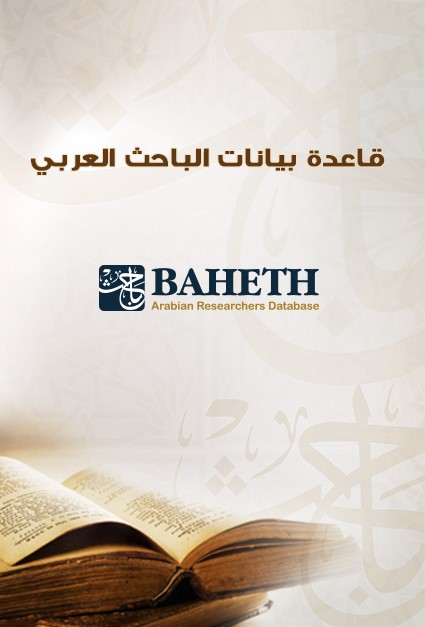
“BAHETH” in Architecture, Engineering, and Technology, is a peer-reviewed journal that publishes original academic research in the fields of Architecture, Engineering, and Technology. The journal welcomes research in the Arabic Language with an English Abstract. Papers submitted to this journal in Arabic must be presented in the English Language in the conference.
Find out more about BAHETH International Journal here.
Attending a conference dramatically enhances both your professional and personal development. They help you sharpen the saw, meet and converse with industry experts, expand your resources and grow your professional network. IEREK Conference will help you:
1. Open Discussions: We bring together leading academic scientists, from different universities and countries, to exchange and share their experiences and research results.
2. Internationally Accredited Certificate: The participants are granted internationally recognized certificates acknowledged by IEREK, the University, and Partnering Organizations.
3. Publication: Selected high-quality manuscripts will be published, after peer review, in the Advances in Science, Technology & Innovation (ASTI) book series by Springer or by IEREK Press Journals, both of which are indexed in world-renowned databases.
4. Research Technologies: Conferences can expand your resources by providing a great opportunity to promote gathered information on new technologies related to your research.
5. Networking: You can engage with industry experts to discuss with them the very latest research projects they could be working on and increase your chances of collaboration in future projects.
6. Academic Reputation: Attending many conferences will make you a known figure in academic circles and an active member of the academic community.
7. Conference Abstracts Material: Delegates will receive the conference Abstracts book in both hardcover and digital format on a CD. Shipping fees may apply.
credit is fraudulent. The Reviewing committee and IEREK employees have the authority to reject a paper during its reviewing process, on the basis of the paper being subjected to either minor or major plagiarism.
Authors must refer to, and abide by, the following instructions in submitting their abstracts/ papers:
This is not a prerequisite for presenting your work at the conference. Meaning, you can present your submitted abstract without intending to publish your work.
This process can only be initiated after payment completion and confirmation:
Registration
To help the organizers plan for inter-disciplinary dialogue, participants are requested to choose from the conference themes/ Topics upon registration.
They must also refer to, and abide by, the following instructions in registering and/ or submitting their contributions:
NOTE: If you are contributing as an Author of a submitted abstract (for publishing consideration and/or presentation), and regardless of attendance, the fee for the registration is the same. See and Conference Fees for more information.
Types of Participation
1. Attend/ Present in-person or Online and Publish in indexed Conference proceedings
The conference offers a Physical attendance option for your convenience. That said, participants will have a chance to present their abstract/research, on campus, and have their work considered for publication in the ASTI Series by Springer as part of the conference proceedings.
See Author Instructions and Conference Fees for more information.
2. Registration to publish in the proceedings without presenting/ attending
If your full paper is accepted, it may be published in the conference proceedings book in the Advances in Science, Technology & Innovation Book Series by Springer (indexed in Scopus) even if you are not attending the conference. In this case, the accepted work will not be included in the final conference program. See Author Instructions and Publishing Opportunities for more information.
3. Non-presenting participant
Non-presenting participants may also wish to attend the conference as Audience Members or Co-authors contributing to an already submitted abstract/ paper. See Conference Fees for more information.
Notes to consider:
* Attendance online and in-person are possible upon confirmation with the conference secretariat/ coordinator at [email protected] and following Conference Fees covered.
* The participation fee is uninform for all options presented above.
* For participants wishing to attend in-person, a visa invitation letter will be provided upon request, for which case a copy of your passport will be required. The invitation letter can only be provided after acceptance and full payment.
* Before planning your trip, be sure to check travel restrictions to the conference’s hosting country. Visit travel information and restrictions, and send in your questions if you have any to the conference coordinator at the email [email protected]
The University of Cagliari was born with four teachings: Theology, Law, Medicine, Philosophy and Arts, Founded by Philip III of Spain in 1620. In the second half of the 1700s, Palazzo Belgrano was built which still today houses the Rectorate and the University Library. With the Casati Law of 1859, the Botanical Garden and the Biological Station were developed in Cagliari.
Castello House Suite – Cagliari
0.2 Km from University of Cagliari / 2 minutes by walking
Address: Via Università, 24, 09124 Cagliari CA, Italy
Phone: +393881897451
Location on Map: Castello House Suite
Antica Dimora
0.3 km from University of Cagliari / 3 minutes by walking
Address: Palazzo Pes, Via Nicolò Canelles, 4, 09124 Cagliari CA, Italy
Phone: +393200453673
Location on Map: Antica Dimora
LuxurYenne B&B
0.2 Km from University of Cagliari / 2 minutes by walking
Address: P.za Yenne, 24, 09124 Cagliari CA, Italy
Phone: +393473609075
Location on Map: LuxurYenne B&B
Bianca Dimora
0.3 km from University of Cagliari / 3 minutes by walking
Address: Via Alberto Lamarmora, 64, 09124 Cagliari CA, Italy
Phone: +393281034208
Location on Map: Bianca Dimora
Note Sulla Piazza
0.2 Km from University of Cagliari / 2 minutes by walking
Address: P.za Yenne, 36, 09124 Cagliari CA, Italy
Phone: +393479550477
Location on Map: Note Sulla Piazza
Janna 'e Mare
0.1 Km form University of Cagliari / 2 minutes by walking
Address: Via Giuseppe Manno, 30, 09124 Cagliari CA, Italy
Phone: +393402585337
Location on Map: Janna’e Mare
Urban Karalis
0.3 km from University of Cagliari / 3 minutes by walking
Address: Via Domenico Alberto Azuni, 2, 09124 Cagliari CA, Italy
Phone: +390707733852
Location on Map: Urban Karalis
Glamour suite Cagliari
0.2 km from University of Cagliari / 4 minutes by walking
Address: Corso Vittorio Emanuele II, 09124 Cagliari CA, Italy
Phone: +393515108731
Location on Map: Glamour Suite Cagliari
B&B Le Torri Cagliari
0.5 Km from University of Cagliari / 6 minutes by walking
Address: Vico 3 dei Genovesi, 10, 09124 Cagliari CA, Italy
Phone: +393923471833
Location on Map: B&B Le Torri Cagliari
L'Antica Torre
0.5 Km from University of Cagliari / 6 minutes by walking
Address: Via dei Genovesi, 81/83, 09124 Cagliari CA, Italy
Phone: +393485955643
Location on Map: L’Antica Torre
Cagliari is the Sardinian jewel of a city that enchants with its majestic architecture, winding alleyways, and privileged location directly overlooking the sea where History, art, and culture go hand in hand with beautiful beaches, lagoon areas, and green parks.
Cagliari, located in the south, is the capital of Sardinia, and in the local Sardinian language, it reads as Casteddu, which translates into “castle”. Cagliari on the island’s south coast offers the perfect mix of recreation and exploration options. The five-mile-long Poetto Beach is among the best city beaches on the Mediterranean, and together with the adjacent Marina Piccola, satisfies all manner of sun and sea pursuits. Seekers of culture will love Cagliari’s old district, Castello, where 13th-century towers still guard the medieval city walls.
Cagliari is one of the biggest ports in the Mediterranean, a busy haven for cruise ships during the summer and an international airport that connects Cagliari with other Italian and European cities makes it an ideal destination any time of the year.
Saint Remy Bastion
The Saint Remy Bastion is one of the most popular place in Cagliari. Built to connect the lower and upper part of the city at the beginning of the 20th century, it quickly became the symbol of the old town.
To get the most spectacular view of Cagliari, head to the Umberto I terrace. Take a break on one of the benches and enjoy the view!
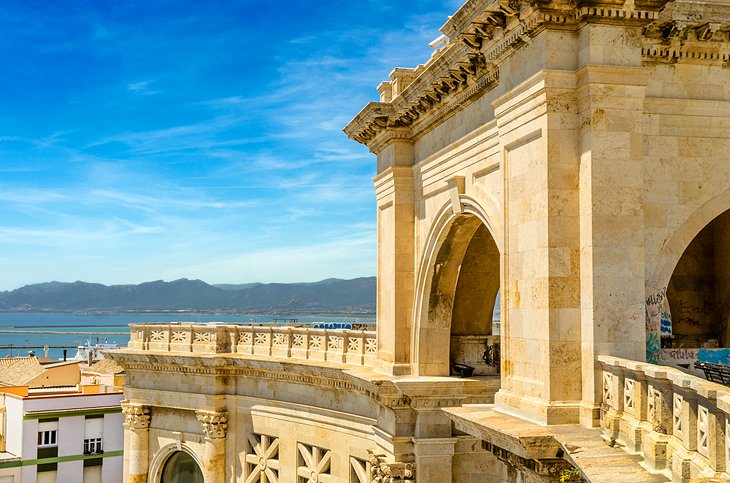
Cathedral
The monument built in the 13th century was gradually deteriorated back in time. However, the facade redone in the 1930s kept the original Pisan style.
Inside, the Baroque style dominates with many frescos and sculptures. In the crypt, you will see the relics of the 179 martyrs found during excavations near the San Saturnino Basilica as well as some tombs belonging to the House of Savoy. You can also visit the Cathedral Museum (“Museo del Duomo” in Italian) located nearby.
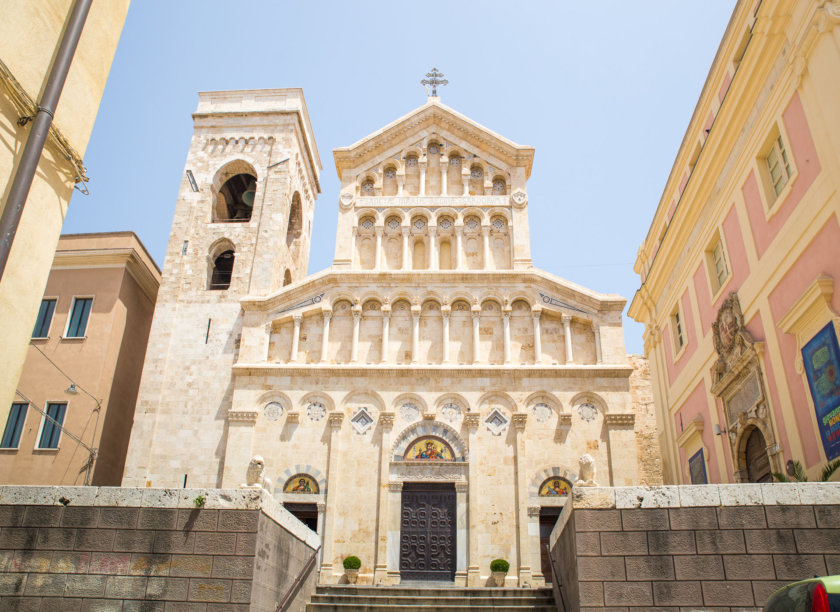
Castello
A gate in the old Torre dell'Aquila above Bastione San Remy leads into the narrow main street of the old town, Il Castello, a warren of arched passageways, steep lanes, and flights of steps. Straight ahead in the terraced Piazza del Palazzo is the cathedral of Santa Maria, built by the Pisans in 1312. On the higher terrace are the Palazzo Arcivescovile (archbishop's palace) and the long façade of the Palazzo Reggio, where the Savoy royal family lived after Napoleon captured Turin.
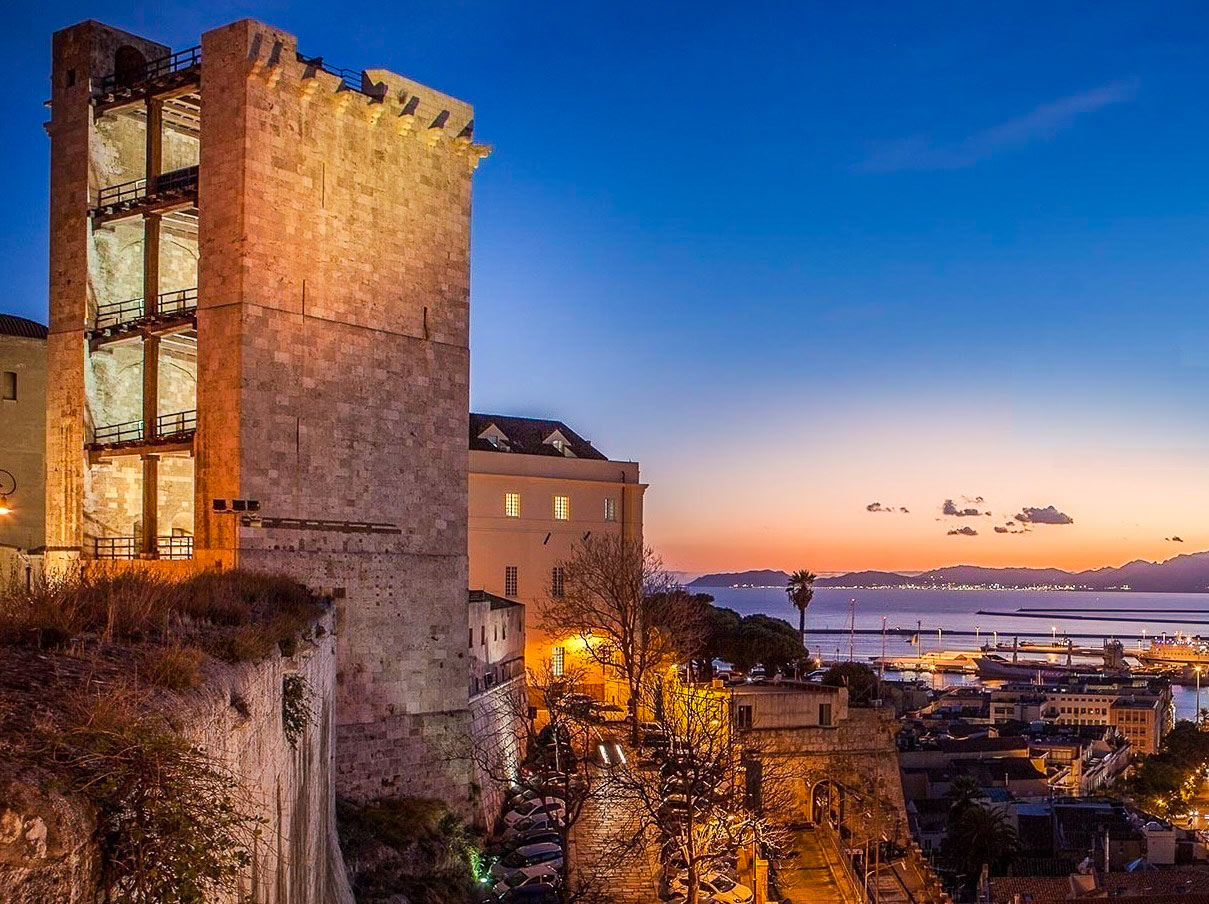
The National Archaeological Museum and the Citadel of Museums
The National Archaeological Museum is part of the Citadella dei Musei, as the main archaeological museum in Sardinia. It houses a huge collection of objects from the Neolithic to the Roman period, including of course the Nuragic civilization who’s famous nuraghes are emblematic of the island.
There, you can also see the famous 2 meters high Giants of Mont’e Prama statues: they represent archers and warriors. Around 400 hunters, warriors and goddesses’ bronzes are also exposed.
The museum is really a great place to learn more about the history of Sardinia over centuries.
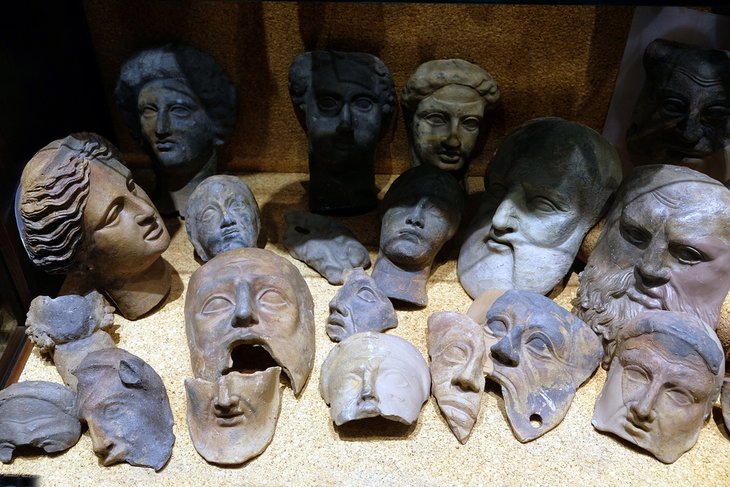
Nora
On a narrow peninsula about 32 kilometers south of Cagliari, near the beach resort of Pula, are the extensive remains of the Phoenician settlement of Nora, later taken over by Carthaginians and later still, by the Romans.
In the forum, baths, temples, streets, walls, villa foundations, and well-preserved mosaic pavements, you'll find evidence of all these cultures, an open-air museum of Sardinian antiquities in their original setting. The Roman amphitheater is so well preserved that it is still used for concerts. You will be able to see a Roman theatre, Roman baths and beautiful mosaics. It’s also a great place to take a walk by the sea.
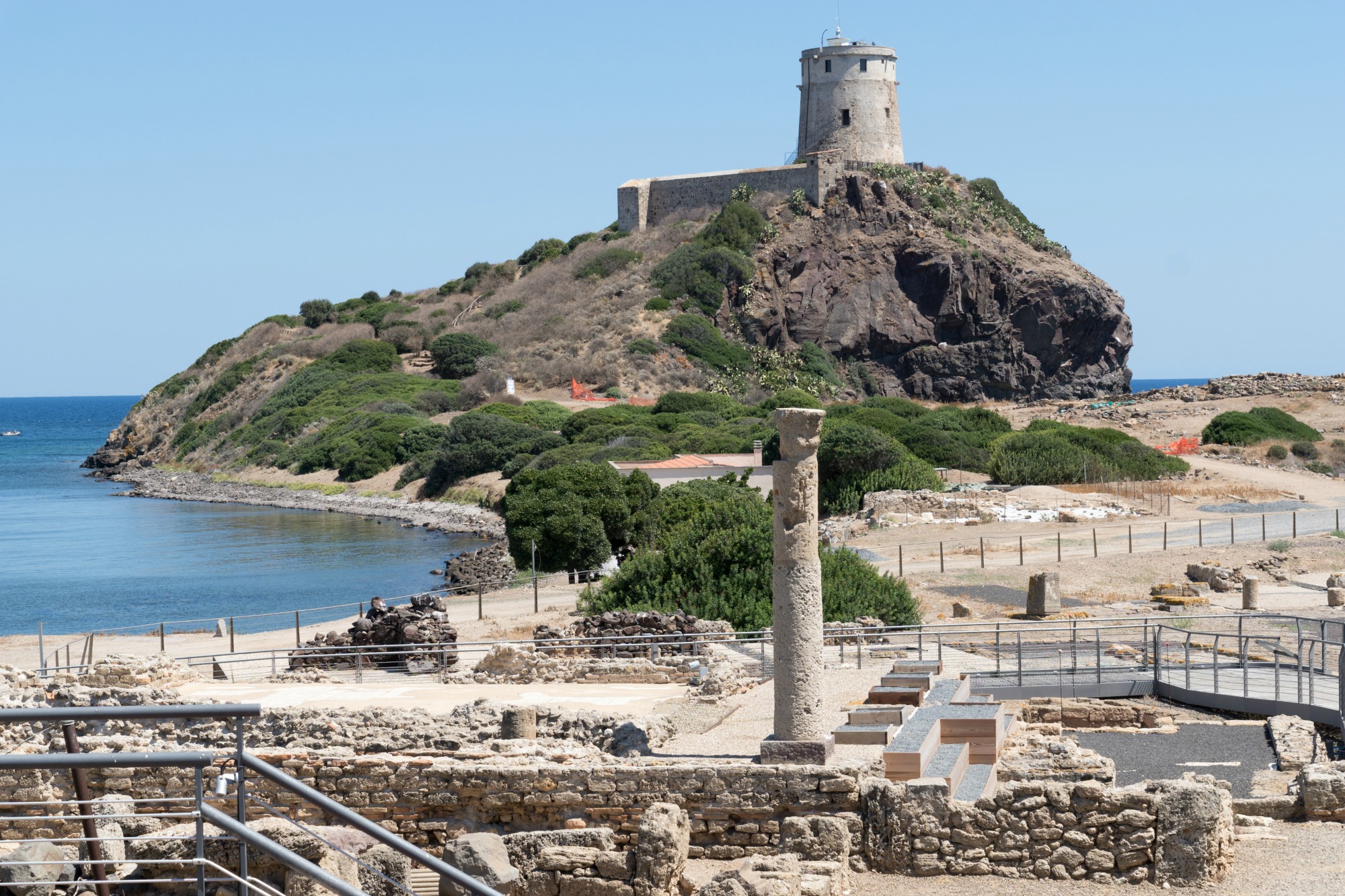
Marina
The wide Via Roma runs along the busy harbor, where cruise ships dock in the heart of the city. Bookmarking the corner opposite the rail station is the ornate City Hall, and beside it, tree-shaded Largo Carlo Felice rises at a gentle incline to Piazza Yenne.
Above, rise the bastions of the Castello quarter, and to the right, along the base of Castello, Via G Manno, a shopping and commercial street popularly known as the Costa, leads to the Piazza della Costituzione. From this piazza, the beautiful Viale Regina Elena descends sedately to the Maritime Station, completing the boundaries of the Marina quarter.
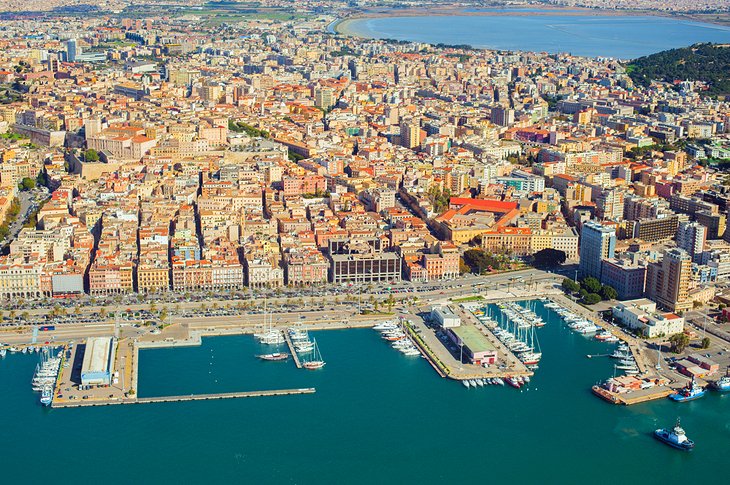
Mercato di San Benedetto (San Benedetto Market)
If you visit Cagliari, you should take advantage of it to discover Sardinian gastronomy. What’s better than a market tour to discover the local flavors?
The best one in town is for sure the San Benedetto Market, located on Via Coccu Ortu.
It’s simply the largest food market in Cagliari. You will find all kinds of local products including cheeses and cold cuts. As always in Sardinia, local people are very kind and friendly. They will let you taste the specialties and will make you a nice package if you want to bring things back home!
The market is also renowned for its large number of fish and seafood stalls: it takes an entire floor. If you like it and can cook during your stay in town, you will find there the freshest and most affordable.
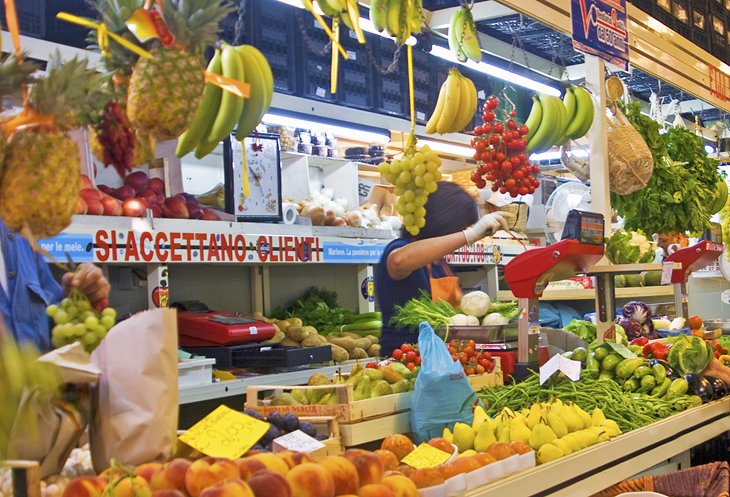
Santuario di Bonaria
Crowning a hilltop southeast of the city, and a prominent landmark seen from Bastione San Remy, is the Sanctuary of Our Lady of Bonaria. The church houses a venerated statue believed to have stopped a storm in time to save the crew of a Spanish vessel shipwrecked in the Gulf of Sardinia, off Cagliari, in the winter of 1307.
The small Spanish Gothic church dates to the 14th century, and the larger Neoclassical basilica was built in the 18th century. The Sanctuary Museum holds votives and archaeological finds.
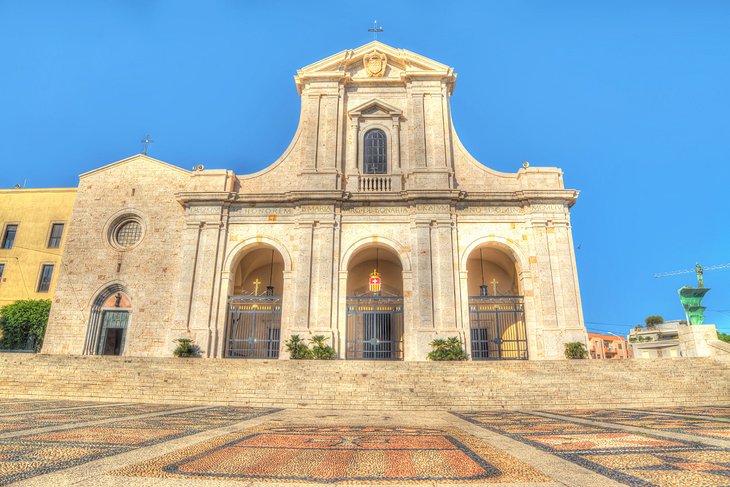
Day Trip to Costa Rei Beaches
Within 50 kilometers of the city center, you can be sunning on a beautiful crescent beach on the southern coast of Capo Carbonara. Only a little farther, beyond the small resort town of Villasimius, you can choose from several long white-sand beaches of the Costa Rei (King's Coast).
Near Villasimius, beaches at Porto Giunco and Punta Molentis are lapped by sea in shifting shades of green and light blue, reminiscent of Caribbean waters. Other small beaches lie in coves between the headlands of Cabo Carbonara.
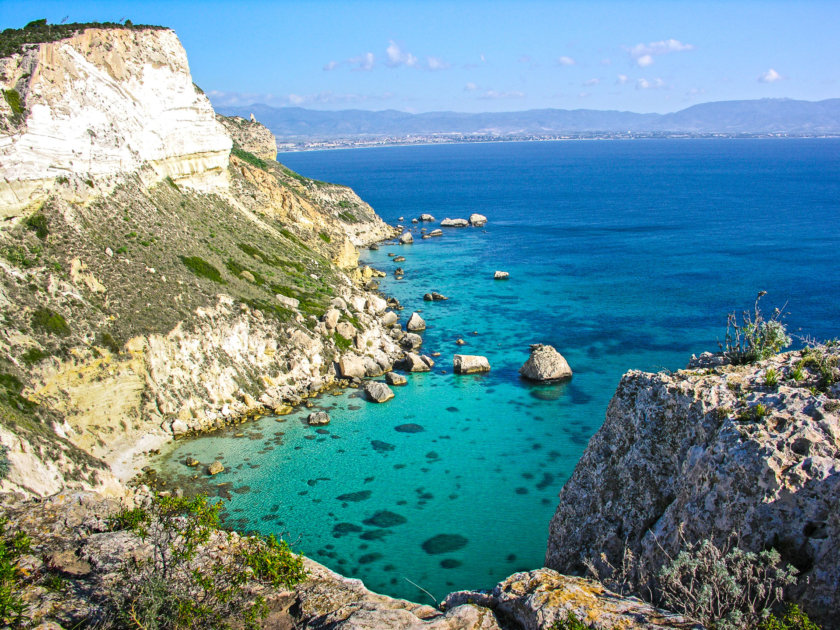
Cagliari is the capital of Sardinia and is located on the south coast of the island. Uniquely combining the ancient with the modern, the sunny city is famous for its rich history and impressive monuments.
There are only two ways to get to Sardinia: by ferry or by plane. You can reach Sardinia from many Italian cities as well as other European cities countries such as London, Madrid, Paris, Frankfurt, Vienna, and more.
1- By Plane
Cagliari Airport (CAG)
Just four miles from the center, Cagliari Elmas Airport is the biggest airport on the island, having recently expanded. With the additional recent modifications, it's also very modern with many facilities and services available to passengers using this airport. The airport is located close to the city center thus making a trip to the city easy. It takes 10-15 minutes to get from Cagliari airport to the city center.
-The best way to travel from Rome to Cagliari is by taking a flight because it’s the best combination of price and speed.
- You can book a flight to Sardinia from both Rome airports, Leonardo Da Vinci International Airport in Fiumicino (FCO) and Giovan Battista Pastine International Airport in Ciampino (CIA).
By plane, it will take you between an hour and an hour and a half to reach Sardinia from Rome. Five flights daily from Fiumicino are served by the Italian flag carrier Ita Airways. From Ciampino airport to Cagliari, there are only flights operated by Ryanair low-cost airline, one in the morning and one in the afternoon.
How To Get From Cagliari Airport To The City Center
The easiest way to get from Cagliari Airport to the city center is by train. There is approximately one every 20 minutes, starting at 5:00 am until 9:00 pm. The station is only 300 meters away from the airport – literally a 5-minute walk.
There aren’t many public bus options from the Aeroporto Cagliari Elmas to Cagliari city center. The bus serves as a supplementary service at those times when the trains aren’t running.
Taxis are indeed the best way to move from and to the airport. Although the taxi service is quite pricier compared to public transportation, it is also way more comfortable.
2- By ferry
From mainland Italy and Sicily. Throughout the year, there are regular ferry connections to the Sardinian capital from the ports of Civitavecchia, Naples, and Palermo.
If you're planning a trip to Sardinia from Rome, taking a ferry is a great option. Several ferry companies operate on this route, offering both daytime and overnight crossings. The journey time can vary depending on the company and the type of ferry you choose, but it usually takes around 6-8 hours. Companies, routes, and schedules vary often depending on the month and the season.
For IEREK's Provious Publications, Please Click here
- Cities' Identity through Architecture and Arts (CITAA) – 1st Edition held in Cairo, Egypt in May, 2017.


- Cities' Identity through Architecture and Arts (CITAA) – 2nd Edition held in Cairo, Egypt in September, 2018.
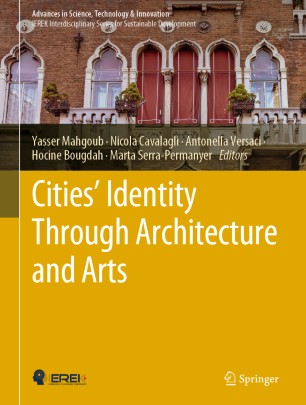

- Cities' Identity through Architecture and Arts (CITAA) – 3rd Edition held in University of Pisa, Italy in September, 2019.
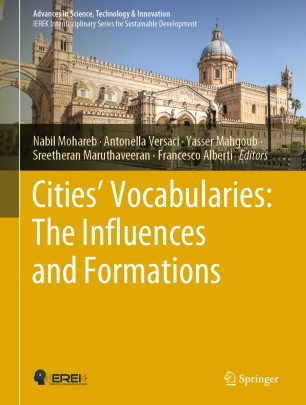
- Cities' Identity through Architecture and Arts (CITAA) – 4th Edition held online in collaboration with the University of Pisa, Italy in December 2020.
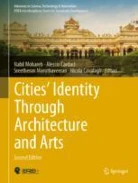
- Cities' Identity through Architecture and Arts (CITAA) – 5th Edition held online in collaboration with the University of Pisa, Italy in December 2021.

- For participants who need Entry Visas to the country where the conference will be held, IEREK will issue the corresponding invitation letter for accepted applicants to facilitate visa issuance.
- Please notice that we will endeavor to assist you in obtaining a visa but the responsibility is yours and the decision rests solely with the appropriate Embassy.
Invitation Letter Issuance Process
1- In case the participant is an author who has submitted a research paper to the conference, it must get accepted by the Scientific Committee
2- Required participation fees must be paid
3- The participant should send the following information to the conference's official email:
* A clear copy of passport
* Passport number
* Full name as written in your passport.
* Date of Issuing and Expiration
* Date of Birth
* Email address of the nearest Embassy/Consulate to you
* Mobile Number including country code
4- Conference coordinator will issue the needful invitation letter and send a copy to the participant's email, in addition to another one to the corresponding email address of embassy/consulate
5- The participant should print out the invitation letter along with all other required documents by the embassy/consulate and apply for VISA
|
Cancellation Policy |
Up to 60 days before the event |
Up to 50 days before the event |
Up to 40 days before the event |
39 days before the event |
|
Penalty |
20% |
50% |
70% |
100% |
EXCEPTION
A refund is not possible if
-An acceptance letter has been issued (Authors only)
-The proceedings of the event have been published (Authors only)
-A Visa invitation letter has been issued (All Participants)
Visa Rejection Cases
Reason and proof of rejection must be submitted. If the reason for rejection is due to an error on our part, the participant will be refunded their full fee with a deduction of a 20% administration fee.
Documents to be issued by IEREK to acquire a visa are as follows:
*Final Acceptance Letter (Authors only)
*Visa Invitation Letter
*Invoice/proof of payment
We encourage all authors and attendees to ensure their having acquired all documents (those applicable) mentioned.
If the reason for rejection is not related to any of the aforementioned and is an error on the participant’s part, the following will apply:
*Authors: may choose to let their co-author present his/her research on his/her behalf free of charge. If the author does not have a co-author, a member of the scientific committee shall present on the author’s behalf.
*Audience members/Registrants: will only be allowed to attend another similar event of their choosing that is organized by IEREK free of charge.

ORCID, which stands for Open Researcher and Contributor ID, is a global, not-for-profit organization that aims to provide unique identifiers for authors, researchers, and scholars. ORCiD effectively eliminates duplication and errors regarding author names, affiliations, previous works, and all related academic data.
IEREK is a proud member of ORCiD, and we contribute directly to their initiative of clear and identifiable markers for researchers and scholars. As the first Egyptian partner to ORCiD in the organization’s history, we strongly believe that by utilizing ORCiD’s database and verification services, we become one step closer to achieving an accurate, and identifiable academic landscape.
We encourage our authors to input their ORCiD ID when registering for one of our conferences, submitting an abstract, or a full paper. By doing so, you directly link your research to your identity and affiliation and can showcase your various academic efforts all in one place. By Registering your ORCiD ID, you also increase your works’ visibility and provide easy access to your entire library of research and academic activity.
Click here to learn more about ORCiD, and here to register your ORCiD ID for free.
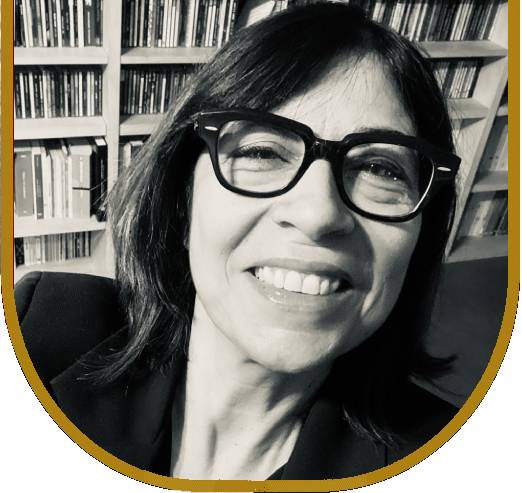
MANUELA RAITANO (Napoli, 1968) is Associate Professor at the Department of Architecture and Project of Sapienza, University of Rome, where she holds the “Design 2” cathedra at the Master Degree in “Architecture-Conservation”. Since 2011, she has been a member of the board of teachers of the Doctoral Program in “Architecture and Construction” (DRACo, coord. D. Nencini). She is also member of the board II Level Master degree at Sapienza University, in “Architectural Design for the Recovery of Historic Buildings and Public Spaces”. She holds a General Agreement between Sapienza and Tianjin University in China. As result of this international research activity, she published a book entitled Projects for Anhai. She is also referent for a General Agreement between the Department of Architecture and Project (Rome) and the Universidad de Chile (Santiago, Chile). She was editor-in-chief of “ArchiDiAP - sharing architecture,” a web portal dedicated to the scientific dissemination of modern and contemporary architecture (2017-2022) and she was also coordinator of a group formed by DiAP
+ DOCOMOMO Italy + MiBAC (scient. respp. for DiAP P.O.Rossi), for the development of a website of the Ministry of Culture called Italy told through architectures http://www.atlantearchitetture.beniculturali.it/.
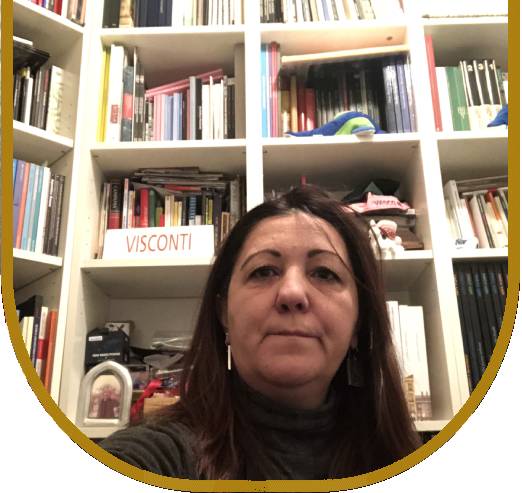




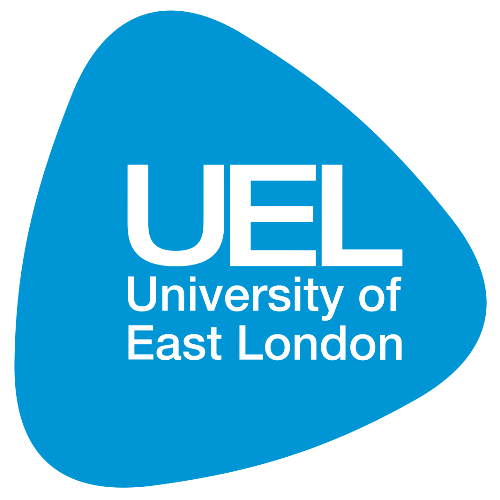







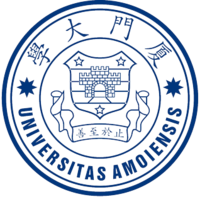

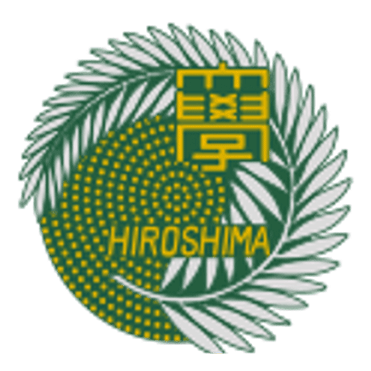

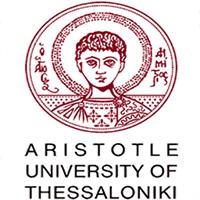
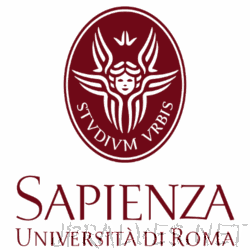
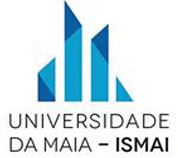



Prof. Arch. Luca Lanini
Full Professor, PhD
Professor at DESTeC of the University of Pisa in Architectural and Urban Design. Ph.D. President of the Master degree in Building Engineering-Architecture of the University of Pisa.
Marwa Eid
Conference Coordinator
[email protected]
(+20) 3 5763827 | (+20) 3 5763828
(+20)1000028021
Subscribe to our newsletter
Join IEREK community